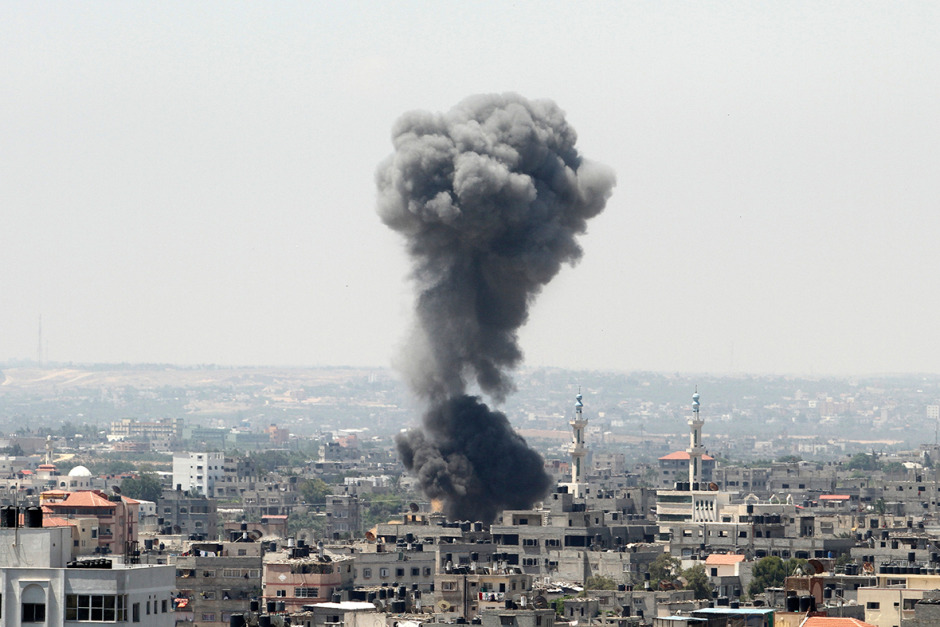Jean-Pierre Filiu, a professor of Middle East Studies at Sciences Po in Paris, is absolutely right. “The word ‘Gaza,”‘ he writes in Gaza: A History (Oxford University Press), “arouses passions and emotions whenever it is uttered.” Last July and August, when Israel and Hamas clashed in a 50-day war, their third in six years, Gaza certainly engendered a profound sense of partisanship.

Gaza, of course, refers to the Gaza Strip, a 360 square kilometer sliver of land wedged between Israel and Egypt, home to 1.8 million Palestinian Arabs and the object of invasions since antiquity.
For the past six decades, Gaza, a flashpoint of Palestinian nationalism, has been at the center of the intractable Arab-Israeli conflict. In the early and mid-1950s, Palestinian guerrillas used Gaza as a launching pad for raids into Israel. In 1987, the first Palestinian uprising erupted in Gaza before spreading to the West Bank. During the formative stages of the Oslo peace process, Yasser Arafat, the chairman of the Palestine Liberation Organization, established his headquarters in Gaza. And since 2007, when Hamas seized it from Fatah in a violent coup, Gaza has been at war with Israel and under an Israeli blockade.
In Gaza: A History, a comprehensive account of its fortunes and misfortunes since the 18th century BC, Filiu provides readers with an invaluable overview of a place in the eye of the storm.
From the Hyksos and the Philistines to the Babylonians and the Romans, Gaza has been a prize by virtue of its strategic location. No wonder it was also conquered by the Crusaders, the Ottomans, Napoleon and the British.

Although Gaza was never part of the Land of Israel and was omitted from Zionist colonization efforts, Jews lived there in small numbers from at least the 15th century onward. But when communal disturbances broke out in Palestine in 1929, the Jewish residents of Gaza fled in terror. Jews would not return until decades later, when Israel was the occupying power in Gaza.
Under the United Nations’ 1947 Palestine partition plan, Gaza was to have been a component of a Palestinian Arab state. But this nascent entity was still-born, having died with the first Arab-Israeli war in 1948.
Gaza, whose pre-war population had been 80,000, was inundated by a torrent of Palestinian refugees fleeing the advances of the Israeli army. “Although this coastal strip represented only a little more than a hundredth of the area of Mandatory Palestine, it now provided a home for a quarter of Palestine’s Arab population,” Filiu says.
Interestingly enough, as he points out, the Israeli representative at the postwar Lausanne conference made an astonishing proposal: Israel would annex Gaza as its contribution to the resolution of the Palestinian refugee question. It was not to be. Egypt took control of Gaza and administered it for the next 18 years under military rule.
Since the bulk of its inhabitants were refugees, the United Nations built eight camps in Gaza. Being homesick, some of the refugees braved mines and border patrols in attempts to return to their former homes in what was now Israel.
Inevitably, Palestinian guerrillas launched raids into Israel, prompting the Israeli army to retaliate. Filiu describes this cycle of violence in minute detail.
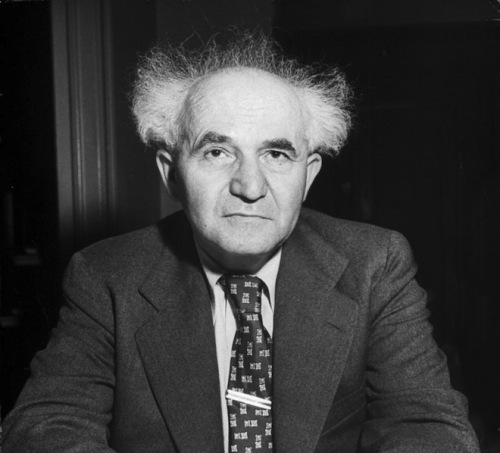
Israel occupied Gaza during the 1956 Sinai campaign, hoping to keep it. Israeli Prime Minister David Ben-Gurion believed that Israel was entitled to Gaza after having agreed to withdraw from the Sinai Peninsula. But U.S. President Dwight Eisenhower demanded an unconditional withdrawal. Finally, Israel accepted the stationing of a United Nations peacekeeping force in Gaza under the command of a Canadian general. Egypt, meanwhile, kept the Palestinian guerrillas in check.
After conquering Gaza again during the 1967 Six Day War, Israel encouraged Palestinians to emigrate abroad. Fifteen thousand left, leaving Israel in charge of a restive population. The PLO resorted to terrorism and Israel responded by demolishing more than 2,500 houses in the Jabalya, Rafah and Shati refugee camps and widening principal roads so that army patrols could be more effective.
The Israeli general who carried out this pacification program, and then called for the establishment of Jewish settlements in Gaza, was Ariel Sharon, a future prime minister. The first outpost, Kfar Darom, was built in the summer of 1970, It was followed by, among others, Netzarim and Morag. Following its pullout from Sinai, Israel constructed yet more settlements in Gaza.
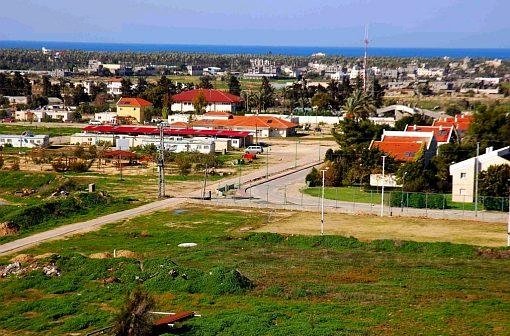
For Israel, Gaza was a source of cheap labor. By 1977, 53,000 Gazans worked in Israel, representing over half of Gaza’s salaried workers. Gaza, too, became a captive market for Israeli goods, as Filiu reminds us.
The first Palestinian rebellion, or intifada, erupted in Gaza in 1987 after an Israeli truck hit and killed four Palestinians in a road accident. The Muslim Brotherhood, which had been quiescent, joined the struggle. Hamas, the Islamic Resistance Movement, emerged from this turmoil.
Under the 1993 Oslo accords, the Palestinians achieved a measure of autonomy in the West Bank town of Jericho and in Gaza, but Israel won the right to maintain settlements and military zones. On July 1, 1994, Yasser Arafat returned to Gaza after an absence of four decades and took up residence there.
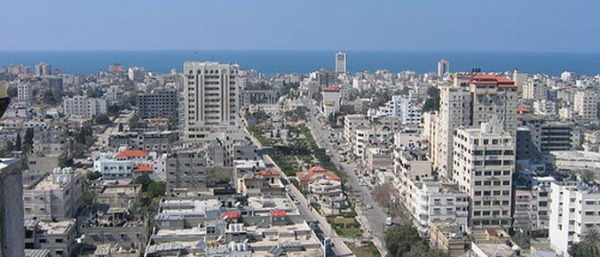
Palestinian terrorism, some if it emanating from Gaza, continued unabated. In response, Israel closed off Gaza for days and weeks at a time, stifling freedom of movement and economic activity. The Palestinians, undeterred, began firing mortars at Israeli settlements in Gaza and into Israel itself.
Arafat appealed for an end to these attacks, but to no avail, resulting in Israeli armed incursions into Gaza. In the winter of 2002, Hamas escalated the confrontation by firing the first Qassam rocket at Israel. Israel reacted with surgical strikes at Hamas leaders, killing a long list of them, including Sheikh Ahmed Yassin, its spiritual leader, as well as his successor, Abdel Aziz Rantissi.
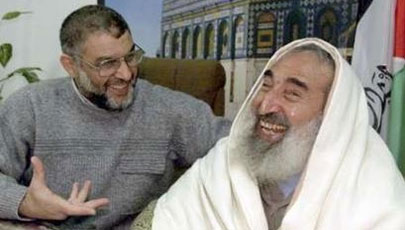
Israel finished its unilateral withdrawal from Gaza in September 2005, levelling all its settlements there but maintaining control over Gaza’s border crossings and air space. The Israeli pullout had no impact on Hamas, whose charter calls for Israel’s destruction.
Gaza might have become a Hong Kong or a Singapore, basking in prosperity, but instead it became an armed camp, particularly after Hamas defeated Fatah in the 2006 election. Dedicated to armed struggle rather than nation building, Hamas and its sister organization, Islamic Jihad, stepped up the pace of rocket attacks against Israel. Filiu ends his book in 2011, before Israel carried out reprisals in Gaza in Operation Pillar of Defence in 2012 and Operation Protective Edge in 2014.
Gaza: A History is a fine work of scholarship, but it’s marred on occasion by a deep pro-Palestinian bias. Example: On pages 312 and 313, he writes, “Despite Hamas’ observation of a de facto ceasefire, the frequent salvos of rockets by Islamic Jihad were sufficient to prompt sustained aggression on the part of the Israeli army.”
Permit me state the obvious: A country that defends its people from Palestinian rocket attacks is not committing aggression.
